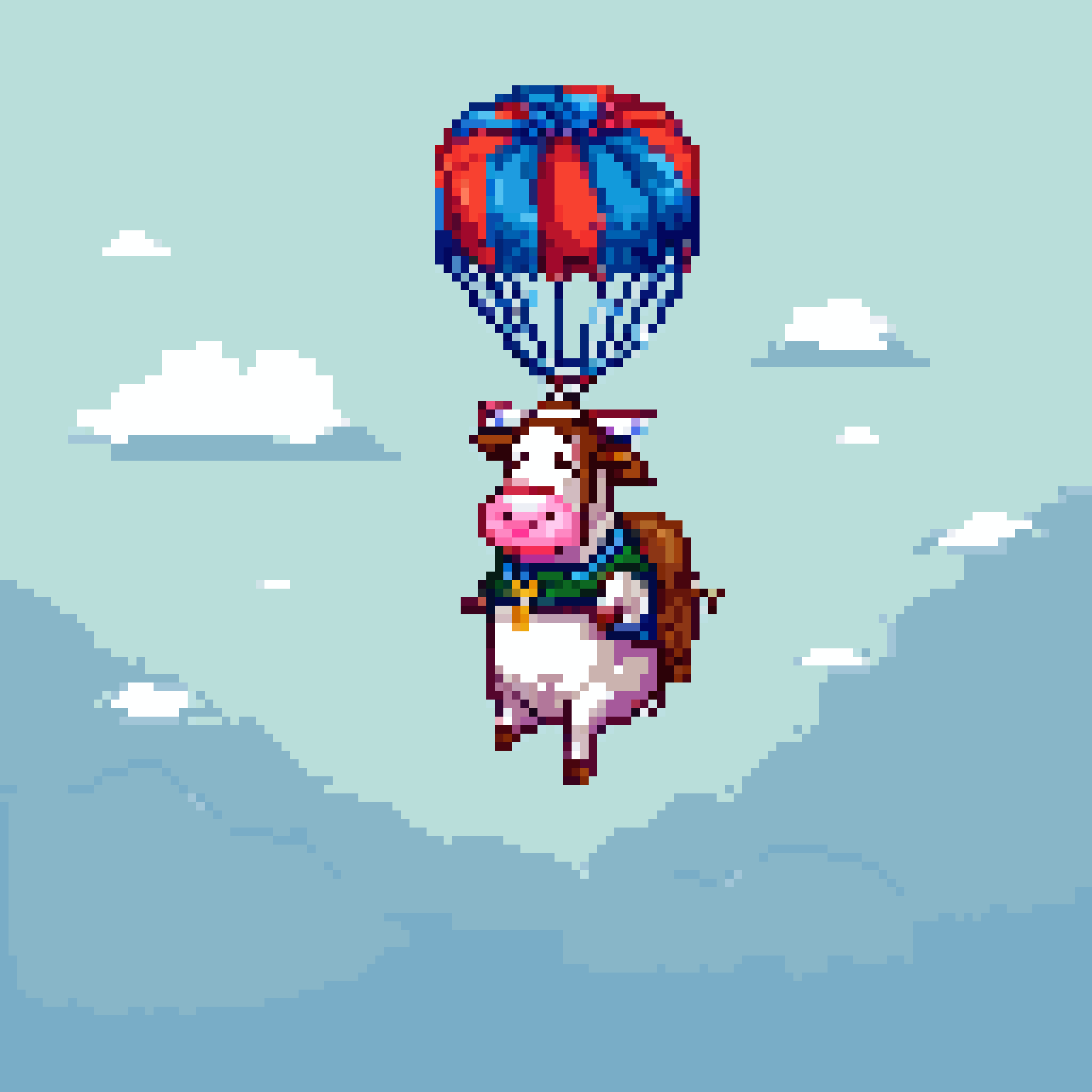| data | ||
| physics | ||
| textures | ||
| .gitignore | ||
| boing.mp3 | ||
| boing.wav | ||
| cowyeet.py | ||
| empty_matrix.py | ||
| README.md | ||
Cowyeet
Throw the cow as far as you can!
Install the Modules with the following command:
pip install pynput
In versions after 1.0, it will require Wobbl Tools.
The parabelfunc.py is used to calculate a ballistical curve with parameters for angle, speed, gravity to create a realistic flight. It returns its coordinates depending on the resolution (xmax-xmin) * (ymax-ymin). So you probably want to keep xmin and ymin at 0. 0/0 is in mathematical representation left/down corner.
The function is called
berechneflugbahn(cow, xmin, xmax, ymin, ymax, startwinkel, startgeschwindigkeit, starthoehe)
and returns a list of x and y coordinates: [x1,y1,x2,y2....] like the following example for a display with a width of 10 points/pixel/char/weltraumgnietschies starting with x=0
[0, 0, 1, 1.1, 2, 1.7, 3, 2.4, 4, 2.9, 5, 3.5, 6, 4.0, 7, 4.5, 8, 5.0, 9, 5.4]
The parameter cow is not useless, it can be set to any singlebyte ASCII string like "*" or some doublespaced UTF8 char like "🐄". If it is a singlechar in ASCII, which is the default, the curve will be calculated with singlesteps, if ist is a UTF8-String, each step will be 2 points, because we now know, we have a textmode display and doublewidth chars.
# X-Resolution of the display
cow="🐫"
xmax = 100
ymax = 40
ymin = 0
xmin = 0
startwinkel = 34
startgeschwindigkeit = 31
starthoehe = 0
ergebnis = berechneflugbahn(cow, xmin, xmax, ymin, ymax, startwinkel, startgeschwindigkeit, starthoehe)
for count in range(xmin, len(ergebnis), 2):
x, y = ergebnis[count], ergebnis[count + 1]
curpos(x, y)
print(cow, end="")
